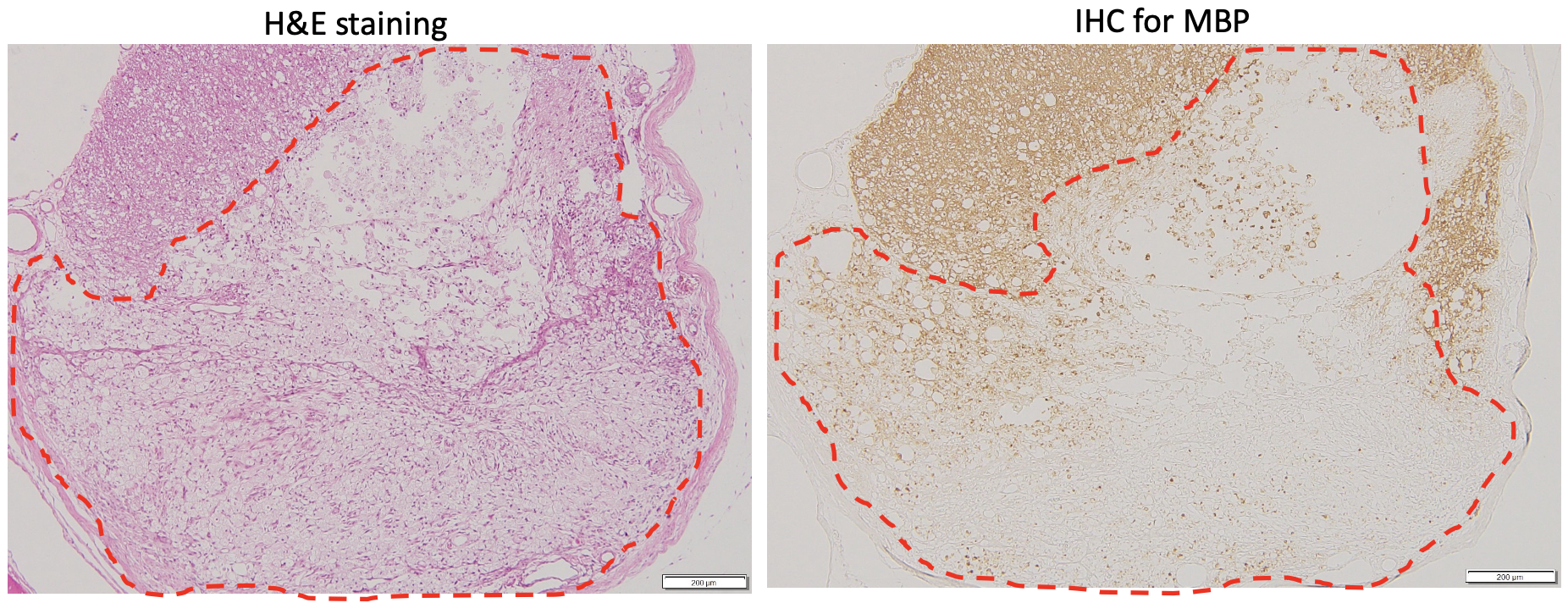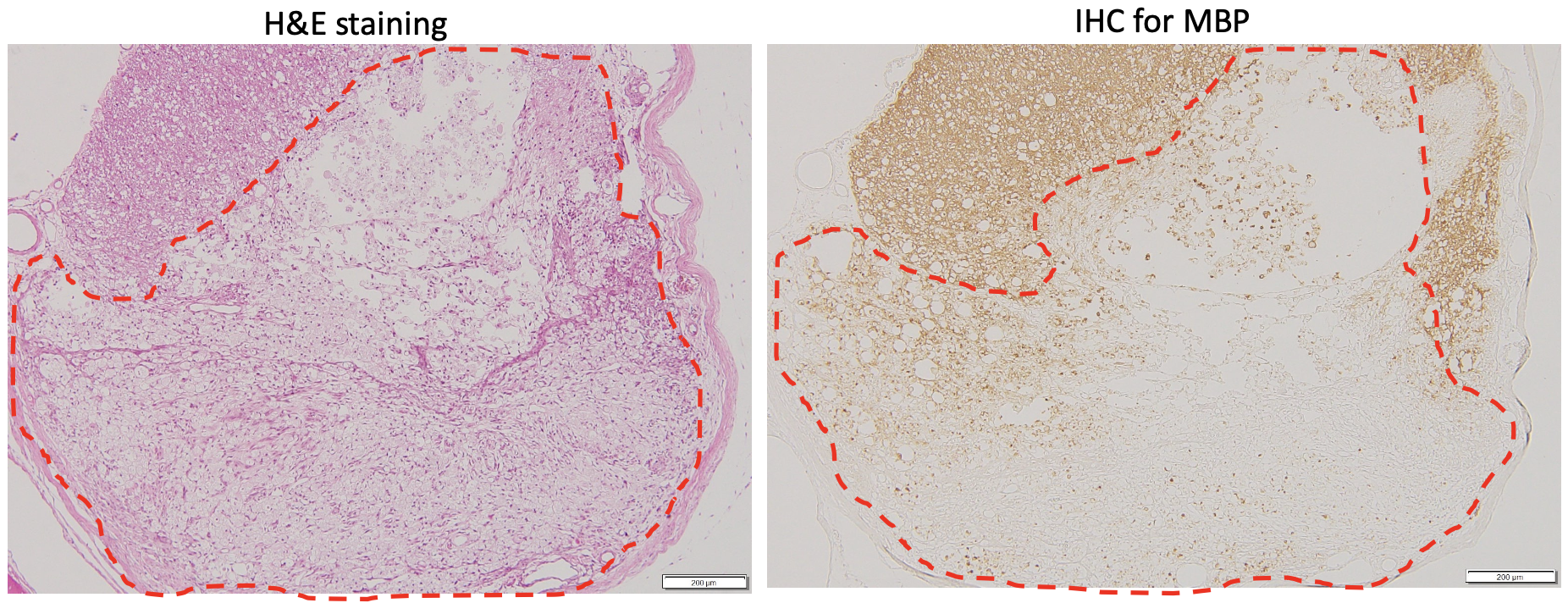Spinal Cord Injury
Spinal cord injuries can lead to a range of complications, including sensory impairments, severe motor dysfunction, chronic pain, and potential paralysis. The spinal cord plays an important role in facilitating bodily functions and movement, as it acts as a crucial pathway for nerve signals from the brain to various parts of the body. When the spinal cord is injured, it triggers neuroinflammatory responses that can further exacerbate nerve damage. This makes spinal cord injury research complex and challenging, posing challenges to the development of effective treatments and therapies.
Modeling Spinal Cord Injury
In vitro and in vivo modeling play an important role in studying treatment for spinal cord injury. In vitro assays evaluate adult spinal cord injured tissues. In these assays, cells and neuronal networks can be monitored with synaptic imaging, neurite outgrowth assays, and immunostaining to understand the cellular mechanisms of the injured spinal cord.
Our in vivo rat model is created through contusion, cutting, or extractions of the spinal cord, measuring BBB scores, catwalk, and histology. The model is also standardized by adding in vivo electrophysiology.

Figure 1. Spinal cord histology 2 weeks post thoracic contusion, severe tissue damage in part of the spinal cord. Red lines mark the injury area.
Importance of Diversity in Spinal Cord Research
In most cases when studying spinal cord injury in vitro, newborn animal tissue cultures are most commonly used because they are more available and easier to run than adult models. When researching spinal cord injury in vitro, researchers commonly utilize newborn animal tissue cultures due to their greater availability and ease of handling compared to adult models. These cultures exhibit rapid growth, creating abundant connections and neurite outgrowth. However, this accelerated growth may pose challenges for translational research, as adult neurites typically exhibit slower growth rates. Despite the longer study durations required for adult studies, they offer greater relevance for studying spinal cord injury. MD Biosciences has optimized this assay to better mimic the human condition of SCI by running it in adult tissue cultures. This assay closely replicates the micro-environment of the glial scar and is a better predictor of drug success.

Figure 2. glial scar surrounding SCI is considered one of the main causes of regenerative failure. Utilizing adults tissue instead of newborn tissue better mimics the micro-environment of the glial scar and is a better predictor of drug success.
Learn more about spinal cord injury models here or download the datasheet here.





